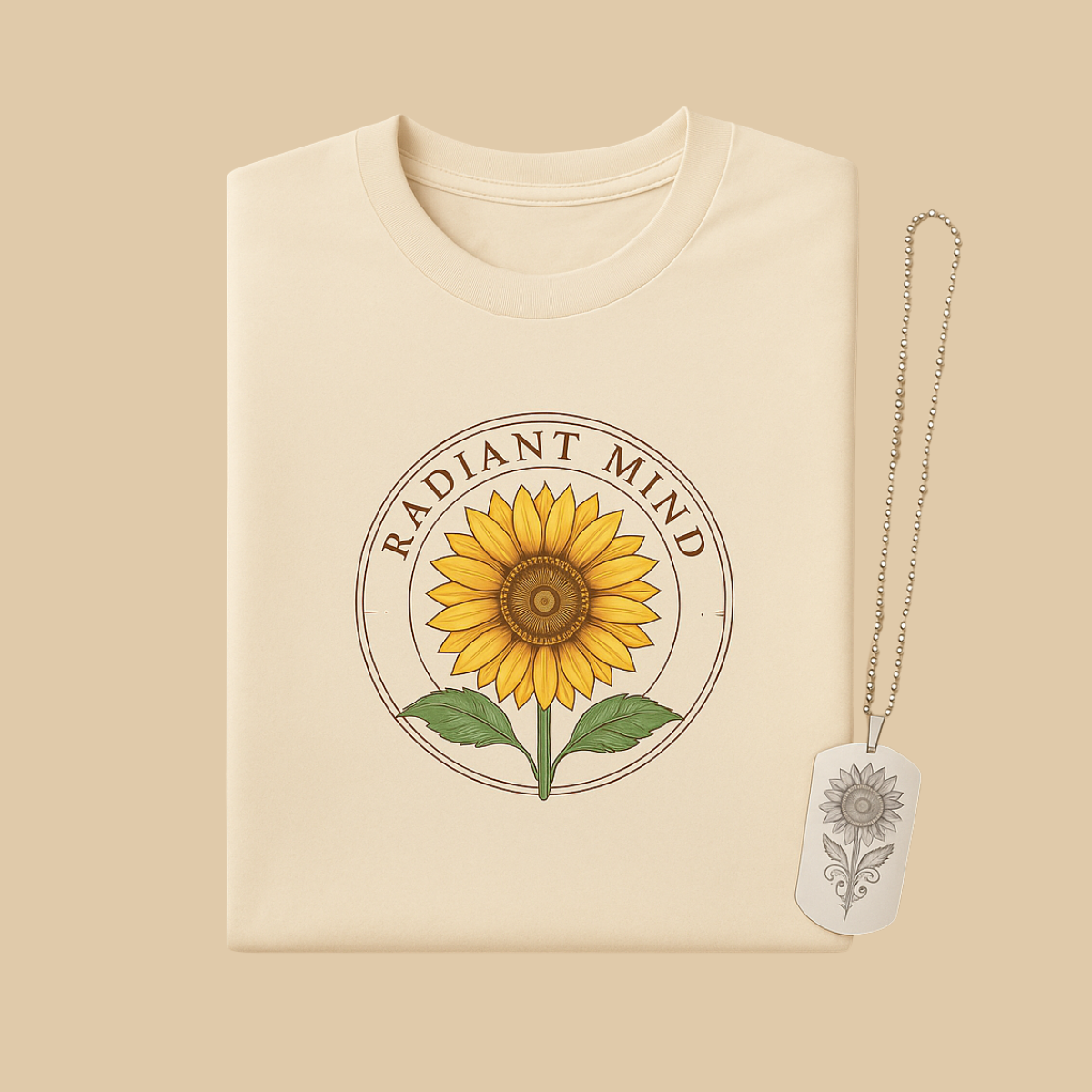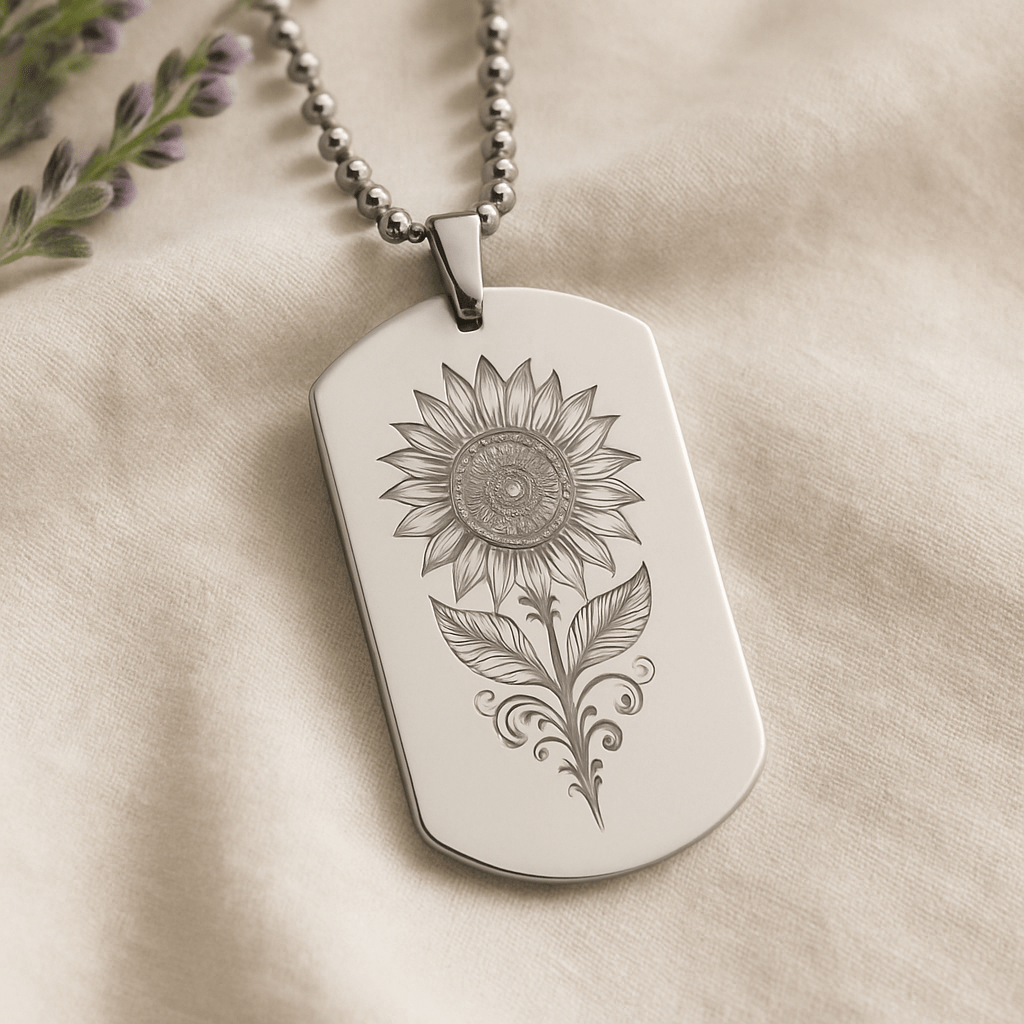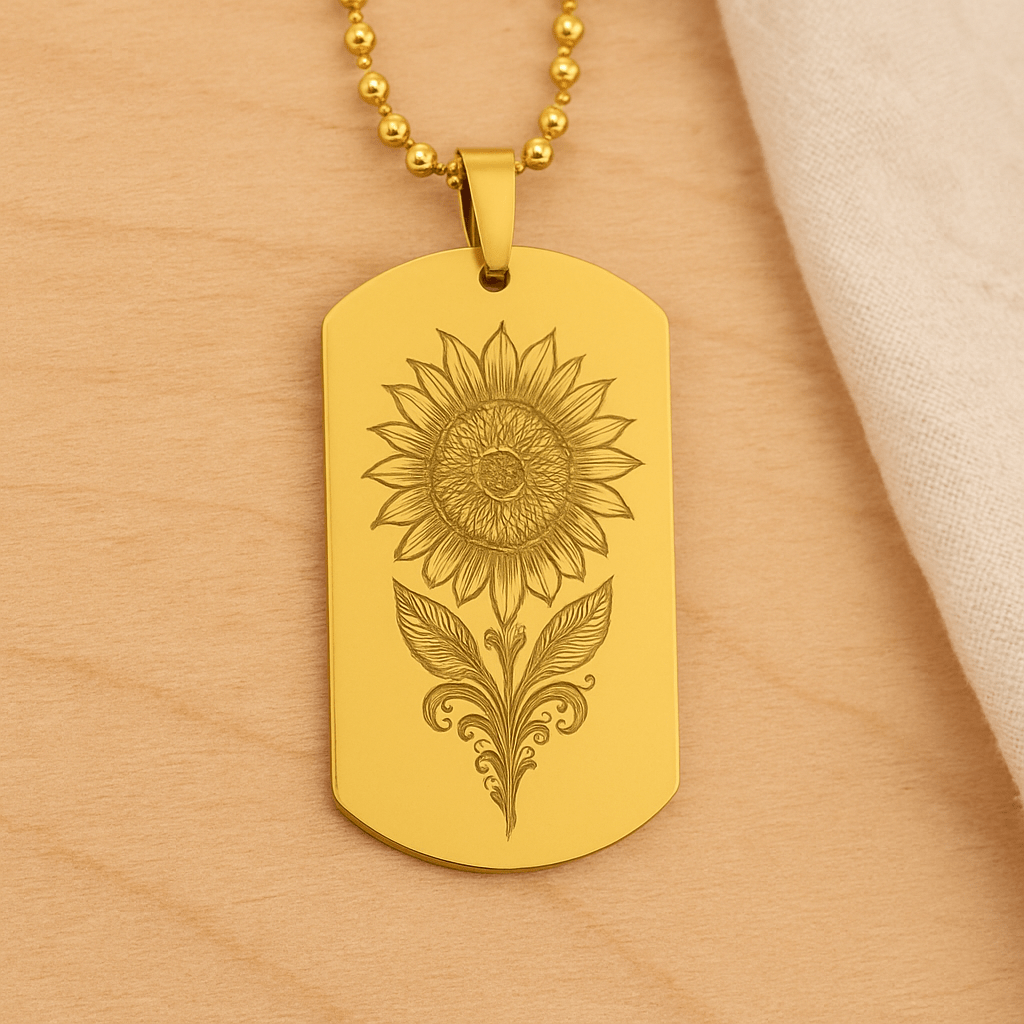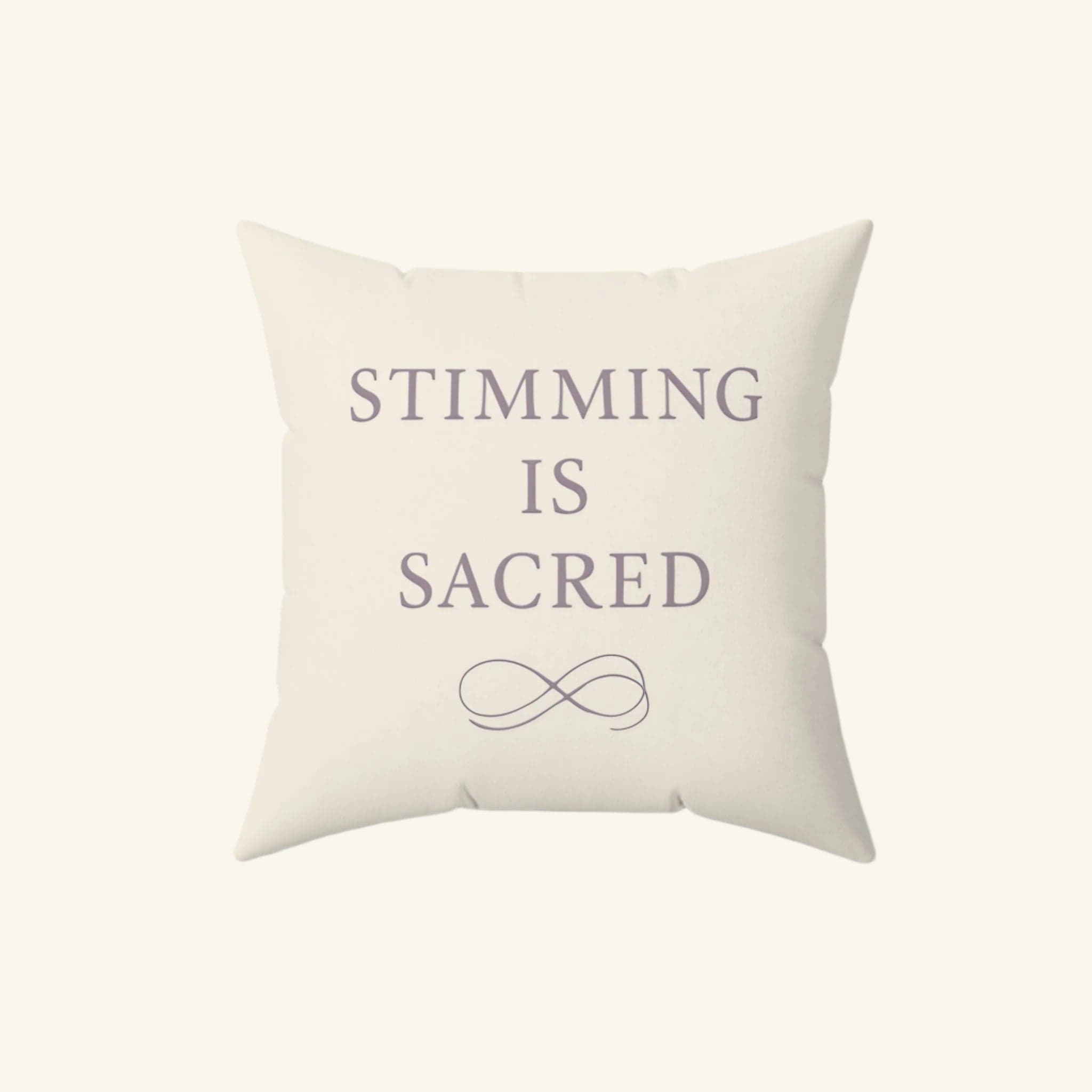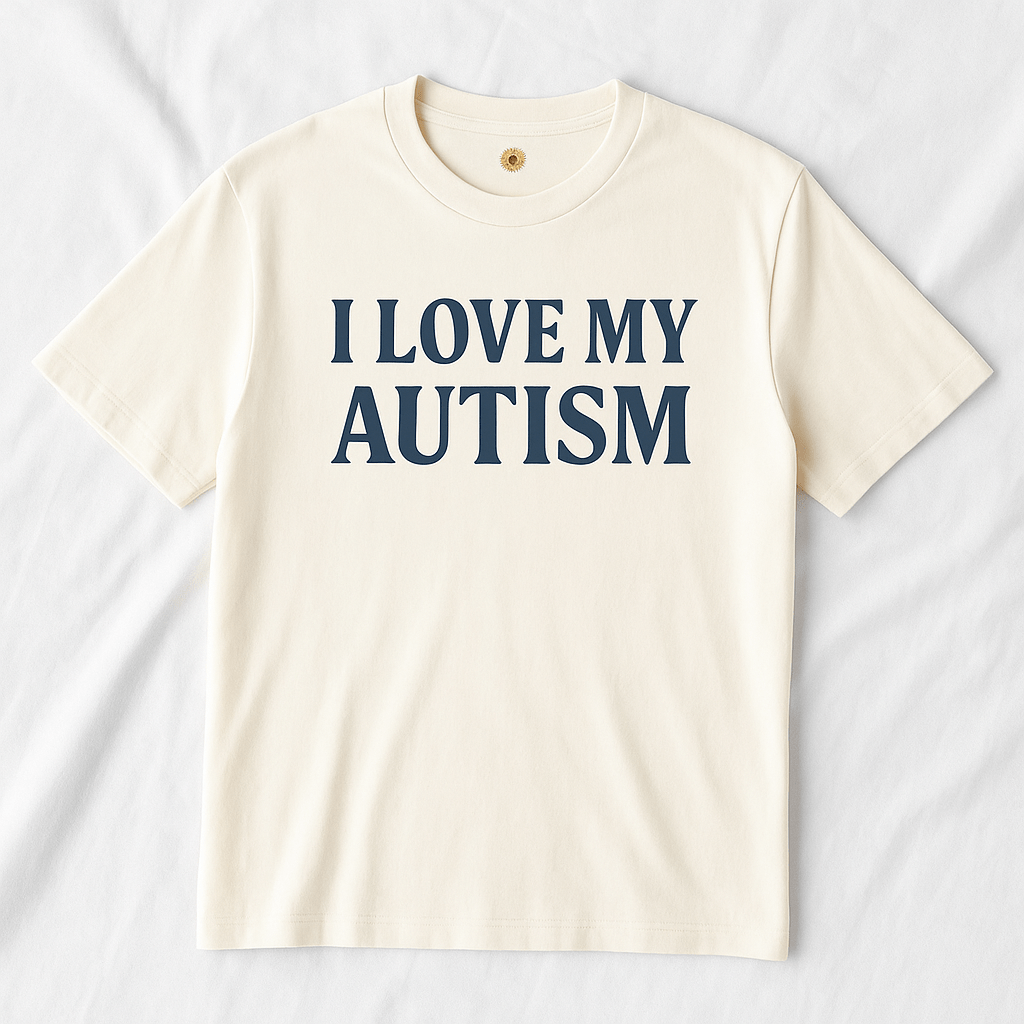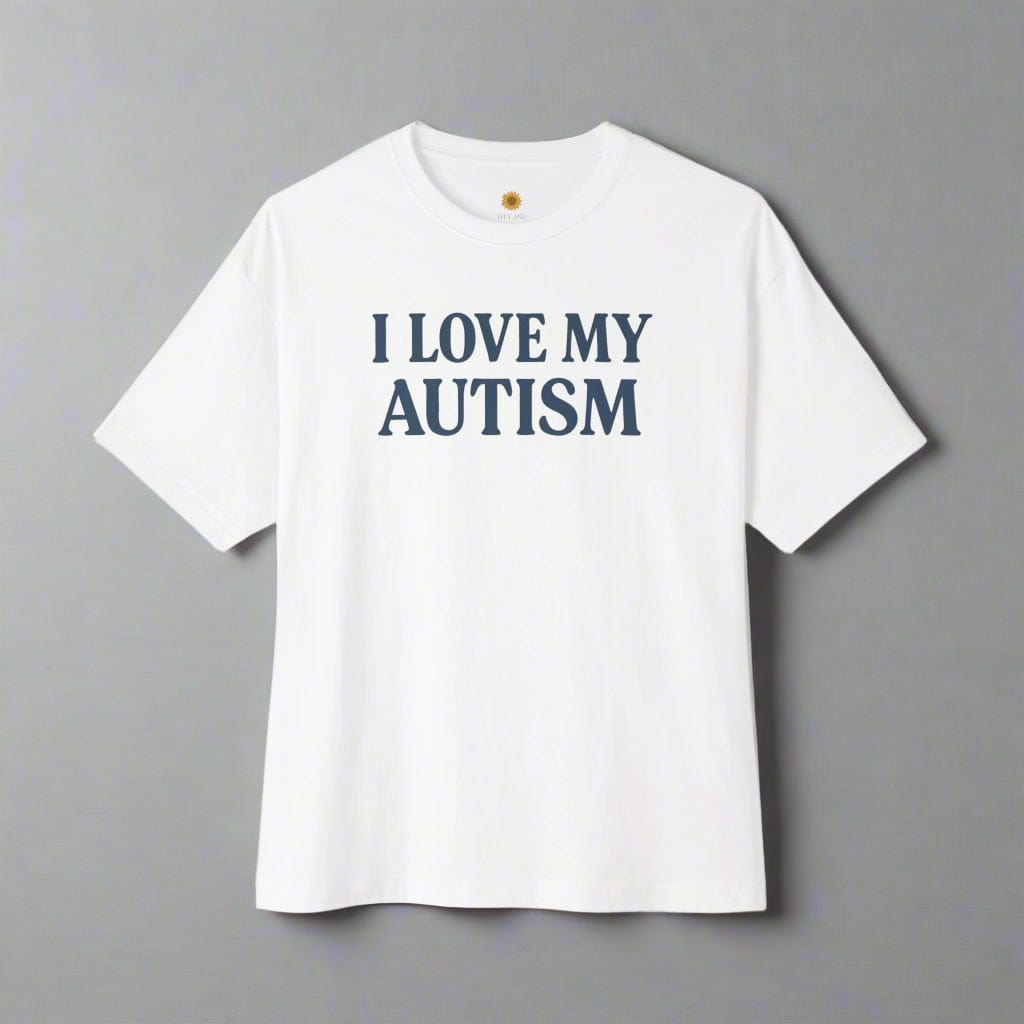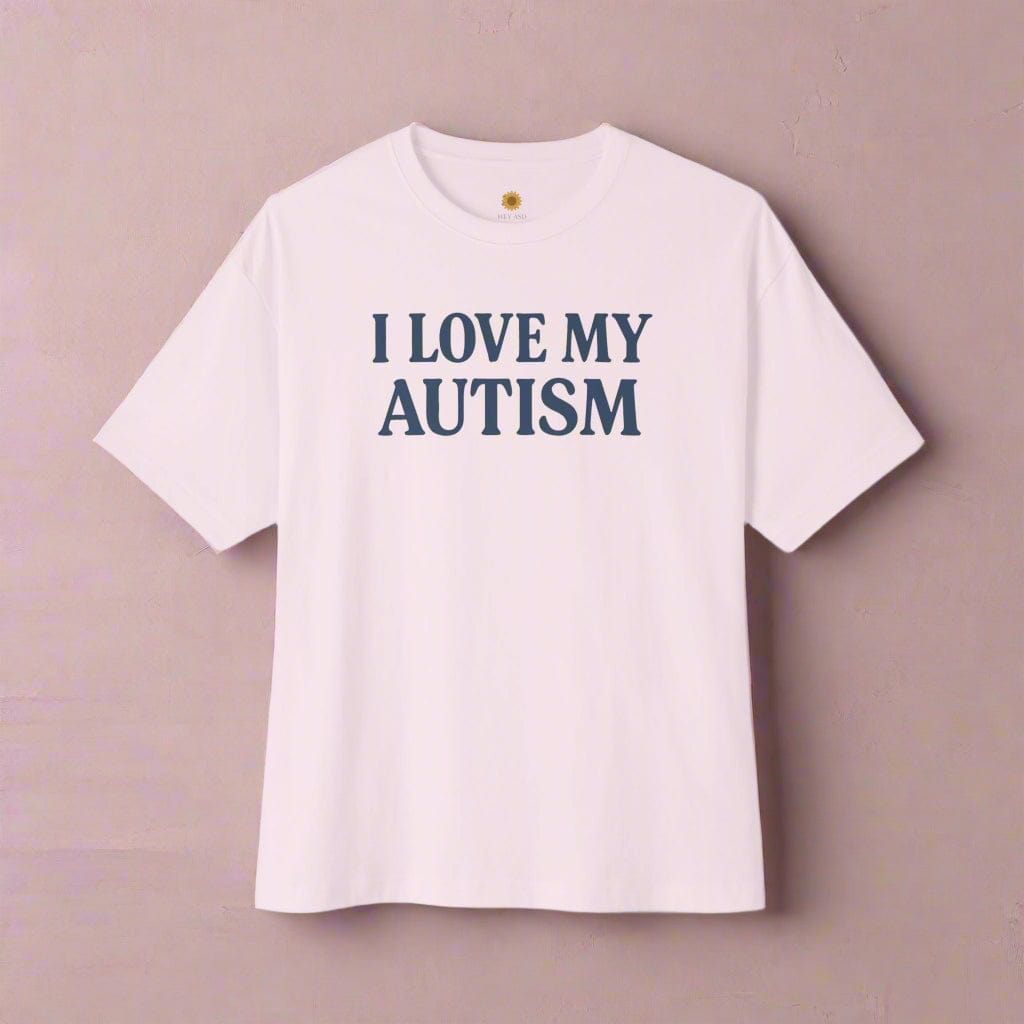Celebrating Autism Pride: History, Symbols & Community
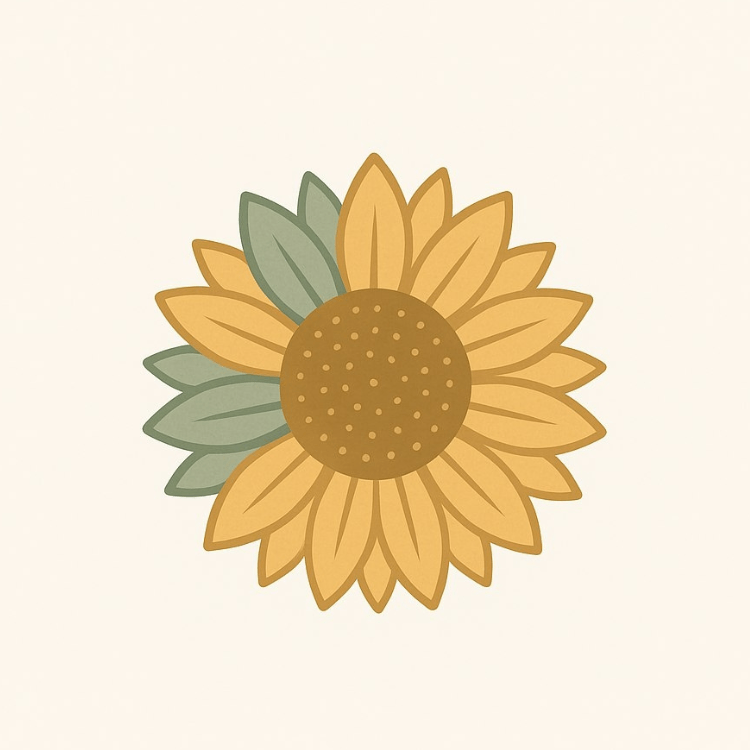
Written by the HeyASD Editorial Team
Autism Pride is about belonging without apology. It is a conscious shift away from narratives that try to “fix” autistic people and toward valuing autistic ways of being as part of human diversity.
Autistic acceptance goes beyond tolerance. It recognises our perspectives, adapts environments to meet our needs, and challenges stereotypes that frame autism as a deficit. Pride invites society to see that many barriers come from inaccessibility, inflexible systems, and stigma, not from autism itself.
For autistic people, pride can look like being respected for how we communicate, feeling safe to stim openly, and being invited into spaces where our sensory needs are considered. It is knowing we do not have to change who we are to be included.
A Short History of Autistic Pride Day
Autistic Pride Day began in 2005 as an autistic‑led initiative to reclaim the conversation about autism. The chosen date, 18 June, marks the birthday of the youngest co‑founder and signals a celebration of life, diversity, and growth.
The earliest events were intimate gatherings where autistic people could connect without judgment, share ideas, and express identity through art and conversation. Over time these gatherings became a global celebration.
Today, Autistic Pride Day is marked around the world through local meetups, quiet picnics, online panels, art showcases, and advocacy campaigns. One thing has remained constant: autistic people lead. Allies are welcome to listen, learn, and support without taking over.
Symbols That Carry Autistic Pride
Rainbow infinity symbol. This symbol reflects infinite diversity and possibility within autistic communities. The rainbow honours the wide range of autistic experience, from sensory profiles to communication styles.
Gold (Au). “Au” is the chemical symbol for gold and a subtle marker of autistic pride and value. Gold details in jewellery, clothing, or digital icons can be a quiet way to connect with other autistic people.
These symbols are preferred by many over the blue puzzle piece, which has been linked to deficit‑based narratives. Our symbols centre identity, dignity, and self‑determination.
Understanding Autistic Culture
Autistic culture is diverse, yet certain threads are common: honesty over small talk, joy in special interests, sensory‑friendly environments, and a commitment to authenticity.
The social model of disability helps shift focus from “what is wrong with you” to “what barriers are in your way.” For autistic people, barriers often include overwhelming sensory settings, inaccessible communication norms, and rigid expectations at school or work.
Traits sometimes pathologised in clinical settings — such as stimming, monotone speech, or deep focus — are simply part of how we function. Autistic spaces normalise these traits so people can be unmasked, which reduces stress and supports mental health.
Celebrating in Community
Pride is connection in action. Celebration can be public or private, large or small.
- In person. Some attend events like London Autistic Pride with art, music, and autistic‑led talks. Others prefer smaller meetups, craft circles, book clubs, or sensory‑friendly workshops. These spaces make room for shared experience and practical support.
- Online. Hashtags such as #AutisticPride, #Neurodiversity, and #ActuallyAutistic help amplify autistic voices and projects. Virtual panels, collaborative art, and gaming meetups offer access for people who cannot attend in person.
- Quiet celebrations. Pride can be calm and personal. Read a book by an autistic author. Wear a small pin to a medical appointment. Cook a favourite sensory‑safe meal. Quiet pride is still pride.
How Allies Can Support Without Taking Over
Allies play a supportive role. The most helpful actions are consistent and respectful.
- Listen first. Seek autistic‑led blogs, podcasts, and social accounts. Share work with credit and resist the urge to speak over autistic voices.
- Respect communication and sensory needs. Offer written options, allow processing time, and consider lighting, sound levels, and scents. Ask before giving advice or touch.
- Make spaces inclusive. Provide quiet rooms, clear written schedules, captions on video, flexible participation, and direct pathways to ask for accommodations.
- Support autistic creators and businesses. Buy from autistic‑owned stores, hire autistic freelancers, commission autistic artists, and cite autistic researchers.
- Challenge ableism. Address stereotypes when you hear them. Advocate for accessible policy in workplaces, schools, health care, and government.
Allyship is not a performance. It is steady, practical care that leaves room for autistic leadership.
Pride in Everyday Life
Autism Pride is not limited to a single date. It shows up in daily choices and boundaries.
- Wear a symbol that feels right or choose clothing that is soft, tagless, and non‑restrictive.
- Shape your environment for regulation with predictable routines, calm visuals, and sensory‑friendly tools.
- Practice self‑advocacy by requesting written follow‑ups, extra processing time, or alternatives to phone calls.
- Choose relationships and workplaces that allow you to be unmasked and that value deep focus and honesty.
- Share resources that promote acceptance and correct misinformation when it feels safe.
Daily pride normalises acceptance and makes it easier for the next generation to live openly.
Join Hundreds of Autistic Adults Feeling
More Comfort in Their Own Skin
Use code WELCOME10 for 10% off your first order.
Start Your Comfort JourneyLooking Forward
Autism Pride invites a bigger question: what could the world look like if autistic needs were built in from the start?
It is more than a day of celebration. It is a call for lasting change across work, education, health care, and public life so autistic people do not have to hide. The goal is comfort, clarity, and dignity for everyone.
You are not broken. Comfort is not a luxury. Here, the world can bend to meet you.
Autism Pride FAQs
What is Autistic Pride Day?
It is a globally observed day on 18 June that celebrates autistic identity and culture. Events are led by autistic people and focus on acceptance, visibility, and community connection.
What does the rainbow infinity symbol mean?
The infinity loop represents infinite variation and potential. The rainbow honours the wide range of autistic experience. Together they signal pride, dignity, and community.
Why do some autistic people prefer gold?
Gold uses the symbol “Au” as a quiet nod to autistic value and pride. It is a subtle alternative to deficit‑based imagery and can feel more affirming.
How can I celebrate Autism Pride if events are overwhelming?
Choose calm options. Read an autistic author, share art online, connect with a friend, wear a small symbol, or spend time in a sensory‑friendly space. Quiet celebration is valid.
What are simple ways to be an ally every day?
Listen to autistic voices, respect sensory needs, offer written communication, provide processing time, support autistic creators, and challenge misinformation with care.
